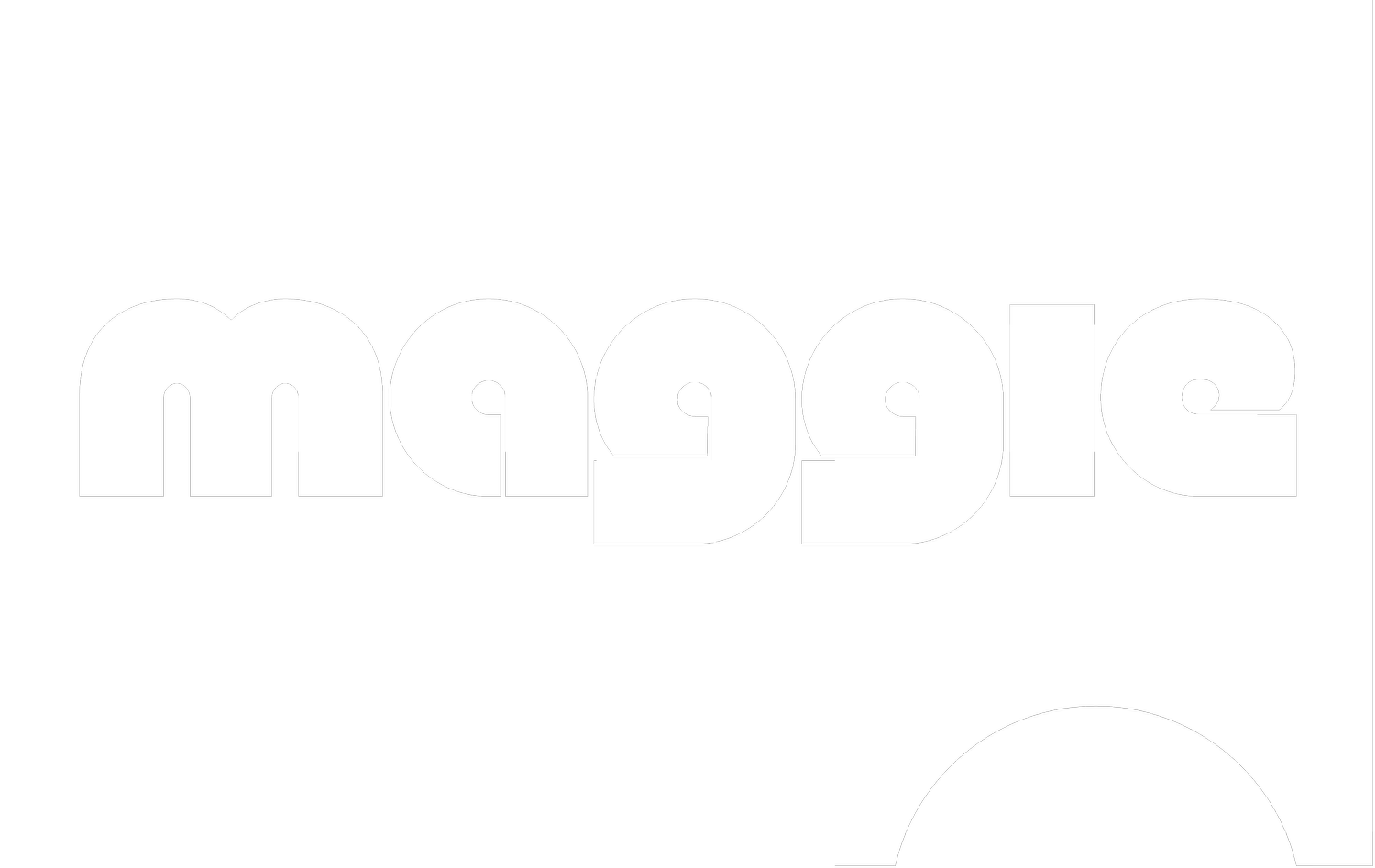
What is a Maggie shelter?
A Maggie shelter is a tent-like construction with the advantages of a permanent structure.
The Maggie shelter consists out of a steel structure lined with a sturdy fabric. The walls consist out of a double layer which can be filled with local materials (sand, insulation and even plastic waste). This creates a sustainable, circular and ecological infrastructure that can last up to at least 15 years.
Maggie’s can easily be build with the help of local employment. Through knowledge transfer we make sure that the local community can take ownership of the project as well as build future Maggie’s autonomously.
The Maggie shelter is a game changer that can bridge the wedge between urgency and long-term development. Therefore it makes humanitarian aid cheaper with a lower footprint.
Maggies' unique features allow to build a quality space very quickly in a temporary context where permanent buildings are not feasible because of political, practical, timing, … or other reasons.

The maggie is designed on the basis of 30 well-thought-through criteria.

The Maggie concept: The yurt reinvented
In a lot of situations fixed structures are not permitted, practical or desired. So we set out to create a temporary, low-cost shelter that has the qualities and advantages of a sturdy, insulated construction: a tent with the properties of a building. The double-layered skin can easily be filled with local materials such as sand, organic or regular insulation or even plastic waste.
Construction of the Maggie Shelter

Usages of the Maggie
Medical Wards
Access to decent health care is a basic right and top priority for us.
This means there is a need for durable constructions in which people can be taken care of in safe and comfortable conditions. Temperatures cannot exceed healthy minima or maxima and the structures should resist both heavy weather conditions and offer a safe haven in conflict areas.
The walls are made up of a double layered fabric filled with insulation and soil. This results in some of Maggies’ unique features such as being bulletproof, very stable in the face of heavy weather and temperature controlled. Furthermore, because of the high-quality textile used the Maggie is protected against dust, insects and can be easily disinfected.
The Maggie can be upgraded with shelves, beds and curtains using standard profiles to which elements can be attached. A fixed floor and techniques can be added for more desired comfort.
Schools
The demand for education among refugees outstrips supply. More than 40% of primary-age refugees in Kakuma who need access to education do not have it. UNHCR Education Officer, Mohamud Hure says, “Despite the numerous gaps such as insufficient teaching and learning materials, untrained teachers and overcrowded classrooms, refugee learners like Magot perform exceptionally well.” (…) “Refugee learners have the potential to excel if they are provided with the right school environment and adequate resources.” He adds.
We believe that children should always have access to quality education. Education is often referred to as the great equalizer: It can open the door to jobs, resources, and skills that a family needs to not just survive, but thrive. Sadly, long-lasting conflicts, poverty or living in exile can easily jeopardize the future of an entire generation.
This means there is a need for durable constructions in which people can go to school in safe and humane conditions. Temperatures should not exceed healthy minima or maxima. Moreover, the structures should resist heavy weather conditions and offer a safe haven in conflict areas.
Maggie has many features that allow it to function as a proper classroom. The incoming light can be direct or indirect, depending on the positioning of the windows. Additionally a Maggie Shelter provides good acoustic insulation and flexibility that can improve schools in a refugee camp.
Learn more about our project in Kakuma.
Temperature-controlled storage
Tons and tons of food are thrown away in hot countries because there is no infrastructure to maintain the quality of the food. The same problem occurs with complex medications, such as vaccines, that are often needed in these countries but which quickly lose their efficacy when stored in high temperatures.
Hence there is a need for temperature-controlled warehouses in which medications and food can be stored for longer periods of time without risk of rotting or deterioration. Goods and foodstuffs can be stored safely, protected against dust, rodents, heat, and cold.
Controlling temperature means using good insulating materials and sometimes additional techniques. Yet many times there are no structures available. Additionally farmers, for example, don't have the legal certainty that they may build a fixed structure on a specific spot due to legalities and land ownership concerns.
Therefore a temporary construction like the Maggie is a perfect solution. Additions like shelves and lighting can be easily affixed to the Maggie.
Vocational training centres
Rebuilding an economy after disaster or conflict means investing in vocational training. People need to rebuild their homes and infrastructure(s). Therefore, vocational training centres can be a strategic way to act.
This means you need flexible high-quality shelters that can be erected in a short period of time before the real rebuilding starts.
Operational & coordination centres
Conflict areas, big construction sites, rebuilding sites after disaster,... They all need safe havens or good visible central buildings to coordinate missions, teams and people so that communities can gather to engage.
Again there is a need for safe, stable, sustainable but temporary constructions like Maggie to work efficiently and let people organise their lives. Using different layers in the walls, combining safety and thermal comfort, the Maggie can be operated as a highly safe and comfortable shelter.







